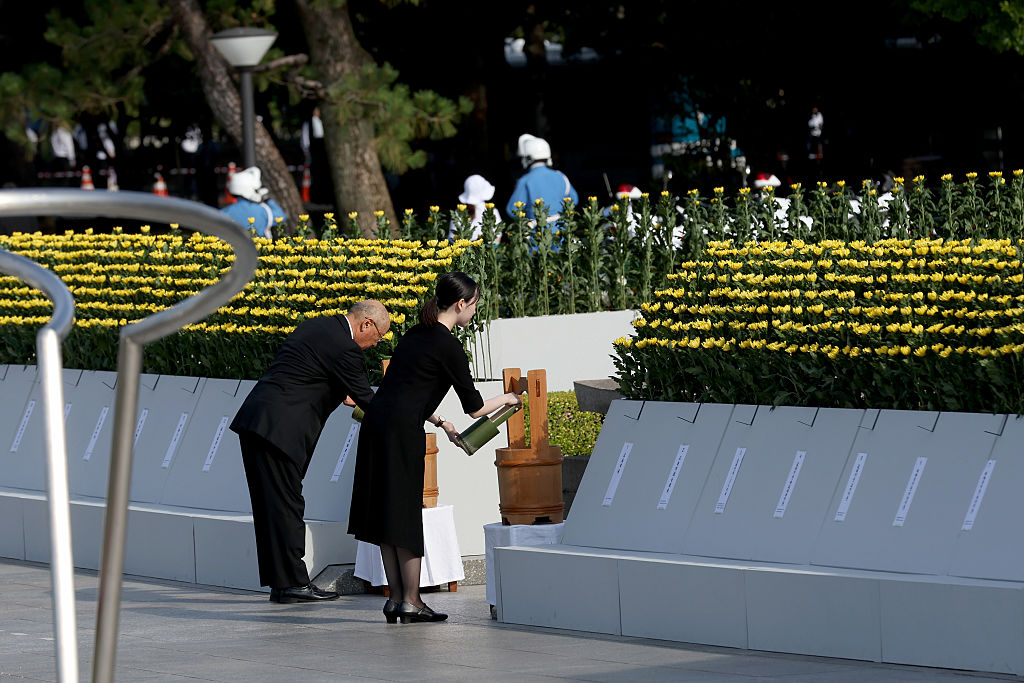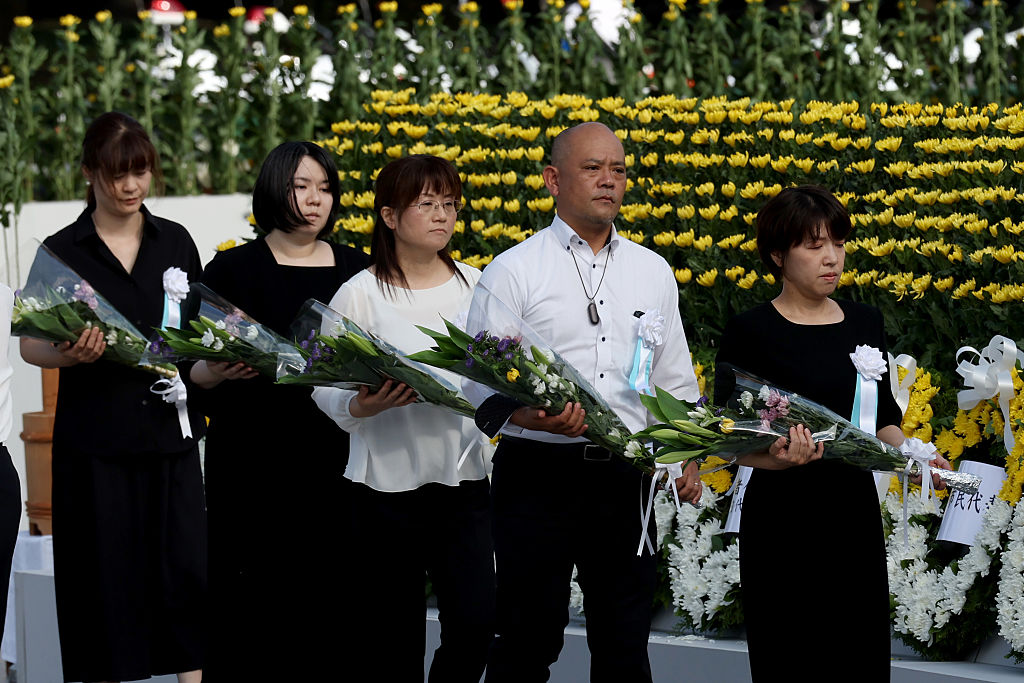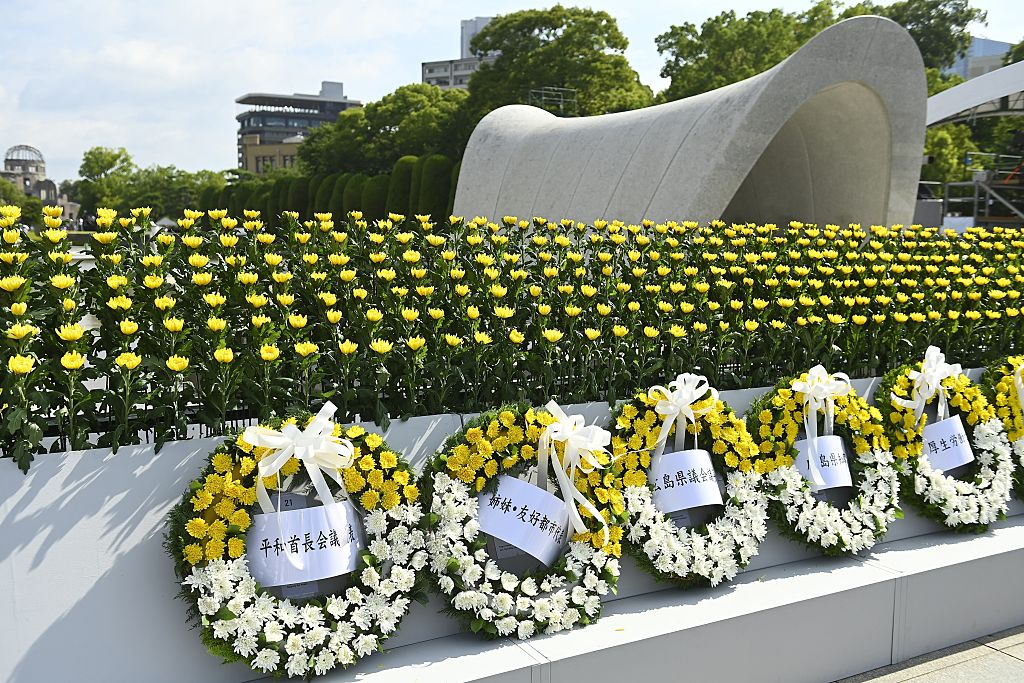Eighty years ago, on August 6, 1945, a blinding flash seared Hiroshima’s soul. “Little Boy,” a uranium-fueled atomic bomb, unleashed a hellish 7,000°C inferno, reducing 70% of the city to ash and rubble. Steel frames buckled 1.7 kilometres from the hypocenter; brick buildings crumbled within 1.3 kilometres. Three days later, “Fat Man,” a plutonium nightmare, tore through Nagasaki, levelling 6.7 square kilometres and toppling even earthquake-resistant structures. Japan, the only nation to endure such atomic horror in war, mourned more than 344,000 lives lost in Hiroshima and 198,000 in Nagasaki by August 2024, counting those who withered under radiation’s cruel grip. These scars, both seen and unseen, pulse through history, finding haunting resonance in the films of Akira Kurosawa, whose Rhapsody in August and I Live in Fear weave the bombings’ enduring pain into timeless pleas for humanity.
Hiroshima and Nagasaki: A Wound on the world
The numbers are cold, but the human cost burns. In Hiroshima, Little Boy’s 13-kiloton blast incinerated everything within three kilometres, leaving a city of ghosts. In Nagasaki, Fat Man’s 21-kiloton fury shattered lives and landscapes, its shockwaves falling concrete smokestacks 1.2 kilometres away. Japan’s surrender on August 15, 1945, ended World War II, but for the survivors, called “hibakusha”, the war never truly ceased. Radiation sickness struck with merciless speed: nausea, hair loss, vomiting, internal bleeding. Over decades, leukaemia and cancers stalked the hibakusha, their bodies bearing the bombs’ invisible wounds. Social stigma shadowed them, too, as fear and ignorance branded survivors as outcasts.
Yet from this agony rose defiance. In 2024, Nihon Hidankyo, a group of hibakusha, won the Nobel Peace Prize, their voices a clarion call against nuclear weapons. Their fight, born of personal loss, echoes the global tremor the bombings unleashed. Hiroshima and Nagasaki reshaped warfare, birthing the chilling doctrine of “mutually assured destruction.” Nuclear deterrence became the uneasy scaffold of superpower relations, a grim reminder that humanity now wields the power to erase itself. Eighty years on, the hibakusha’s suffering and resilience demand we listen: these were not just historical events but wounds that still bleed, urging us to choose peace over annihilation.
Documenting Memory and Fear
Akira Kurosawa, Japan’s cinematic poet, captured this heartbreak in two films that pulse with the bombings’ legacy. In Rhapsody in August (1991), an elderly hibakusha named Kane, a Nagasaki survivor, opens her scarred heart to her Japanese-American grandchildren. Her quiet strength, etched with grief, carries the weight of August 9, 1945. As she recounts the day the sky burned, Kurosawa paints Nagasaki’s wounds with tender precision, a warped jungle gym, a sudden rainstorm evoking a city’s shattered innocence. Kane’s story bridges generations, her forgiveness a fragile bridge between Japan and the world. The film is no mere elegy; it’s a prayer for healing, a call to remember the human cost of war’s darkest hour.
In I Live in Fear (1955), Kurosawa plunges into the raw terror of the nuclear age. Kiichi Nakajima, a man haunted by Hiroshima and Nagasaki’s shadow, is consumed by dread of another atomic strike. His obsession drives him to sell everything, desperate to flee Japan for Brazil, even as his family crumbles under his fear. Kurosawa doesn’t judge Nakajima’s paranoia; he cradles it, showing a nation trembling in the Cold War’s nuclear grip. Made just a decade after the bombings, the film captures a collective wound, a fear so deep it fractures the mind. Nakajima’s unravelling is Japan’s, a nation grappling with the bombs’ psychic fallout.
In Memory and Warning
Eighty years after Hiroshima and Nagasaki, the world stands at a crossroads. The Nobel Prize awarded to Nihon Hidankyo signals a global call to action, fears of nuclear arsenals remain, and geopolitical tensions persist. Kurosawa’s films, with their focus on memory, forgiveness, and fear, serve as both a lament and a warning. They remind us that the legacy of August 1945 is not confined to history books but lives on in the bodies of hibakusha, the policies of nations, and the stories we tell. As we reflect on this grim anniversary, Kurosawa’s lens offers a timeless plea: to confront the past with courage and to build a future free from the shadow of nuclear devastation.

















